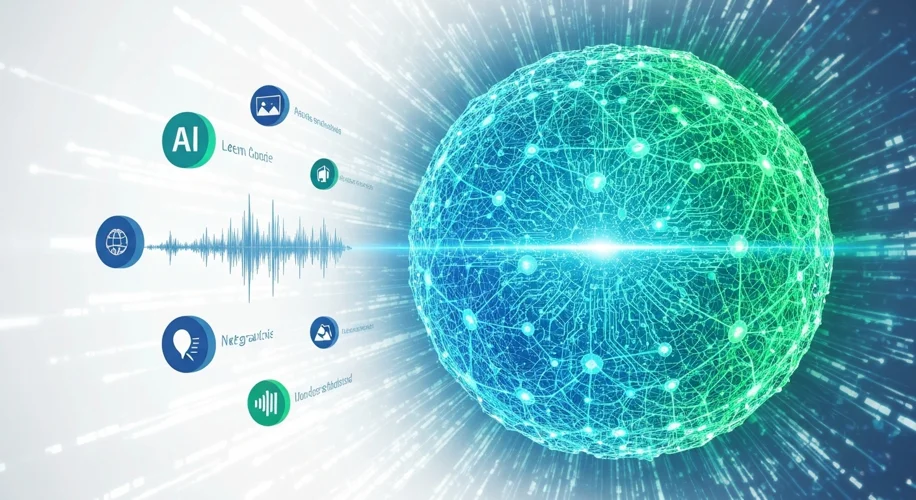It feels like just yesterday we were marveling at AI that could write an email or paint a picture. These were specialized ‘savants,’ incredibly good at one thing, but that was it. Now, we’re witnessing a fundamental shift – the convergence of AI into unified, multi-modal intelligence agents.
Think about it. We’ve had AI models excelling at text generation, others at image creation, and still others at understanding audio. Each operated in its own silo. But the cutting edge of AI development today is all about breaking down those walls. We’re seeing the emergence of agents that can seamlessly process and understand information across different formats – text, images, audio, and more – all within a common semantic framework.
What does this mean practically? It means AI is developing a more holistic understanding of the world, much like we do. Instead of needing a separate AI for each task, we’re moving towards systems that can grasp context, reason across different data types, and respond in a unified manner. Imagine asking an AI to analyze a complex financial report, identify key trends from accompanying charts, and then summarize its findings in a spoken presentation. This is the direction we’re headed.
This convergence is incredibly exciting, but it also signals a rapid acceleration in the obsolescence of many existing, specialized AI tools. As these unified agents mature, they’ll simply be able to do the jobs of multiple single-purpose AIs, and do them better, with a more integrated understanding. For industries, this means a profound reorganization of how AI is deployed. We might see a single AI platform serving as the core intelligence driving diverse applications, from customer service and content creation to scientific research and product design.
This shift isn’t just about making AI more capable; it’s about creating a more coherent and powerful form of artificial intelligence. It suggests a future where a single, underlying conceptual framework can power a vast array of outputs, adapting and integrating new information across modalities. It’s a step towards a more general form of intelligence, one that can learn, adapt, and apply its understanding in ways we’re only beginning to comprehend. This is the new era of AI, and it’s arriving faster than many might expect.

